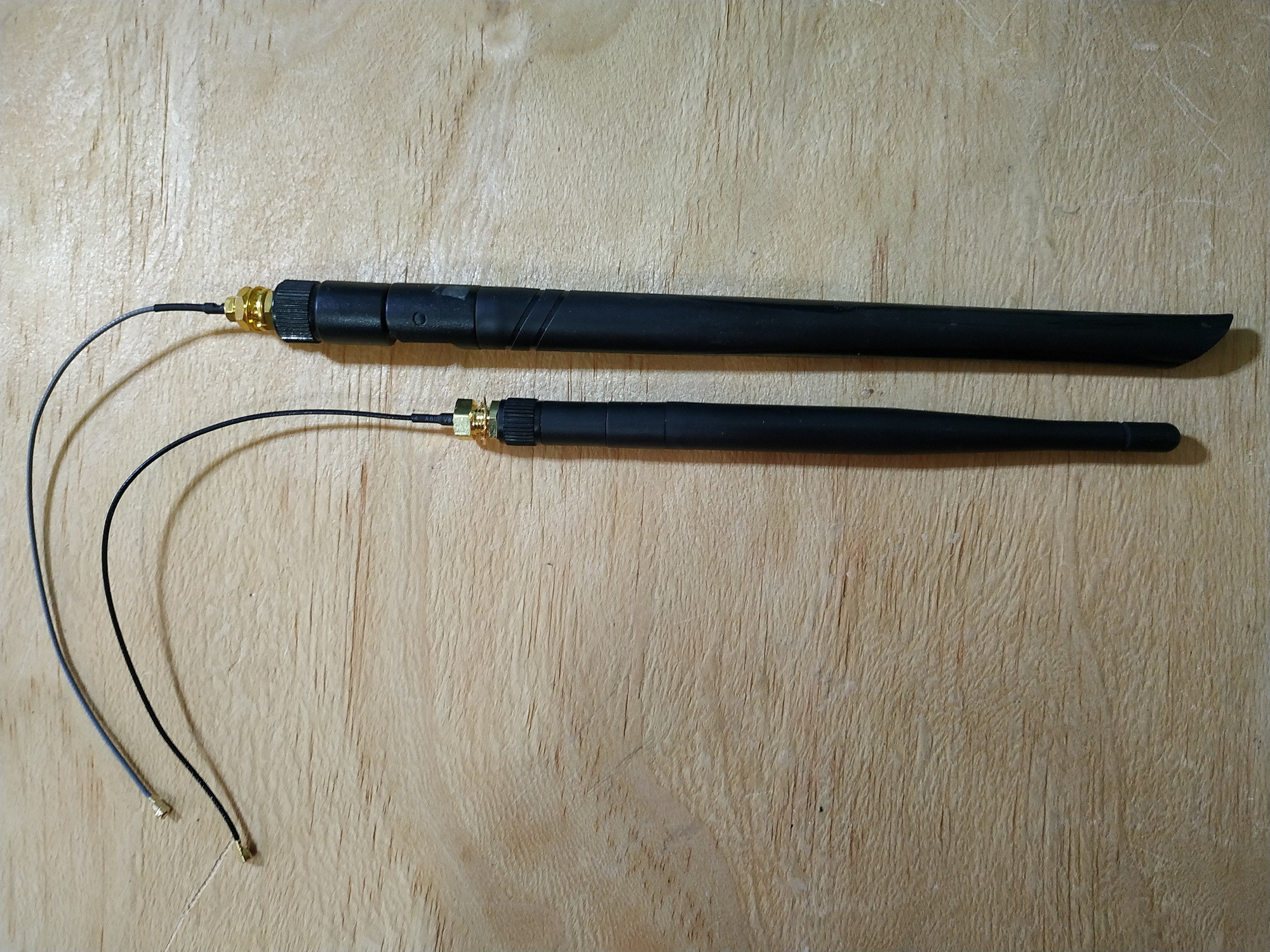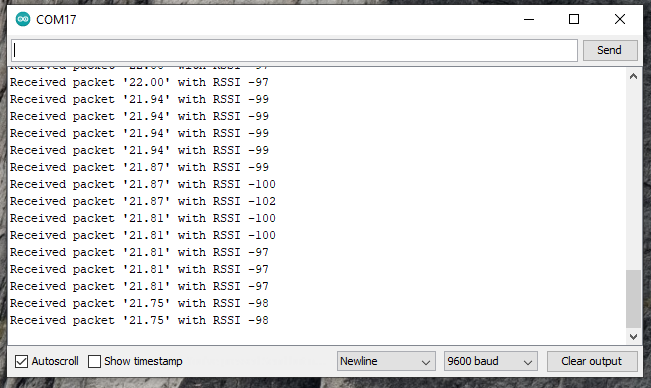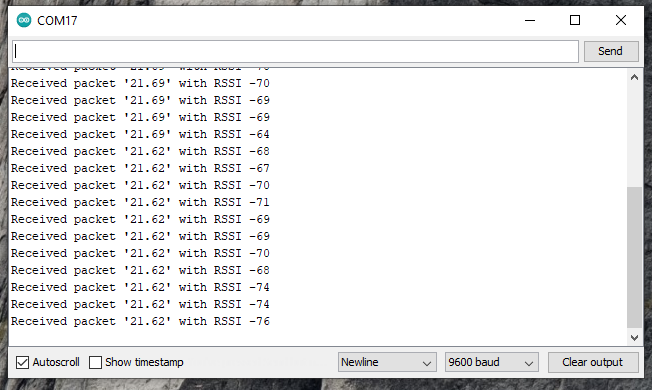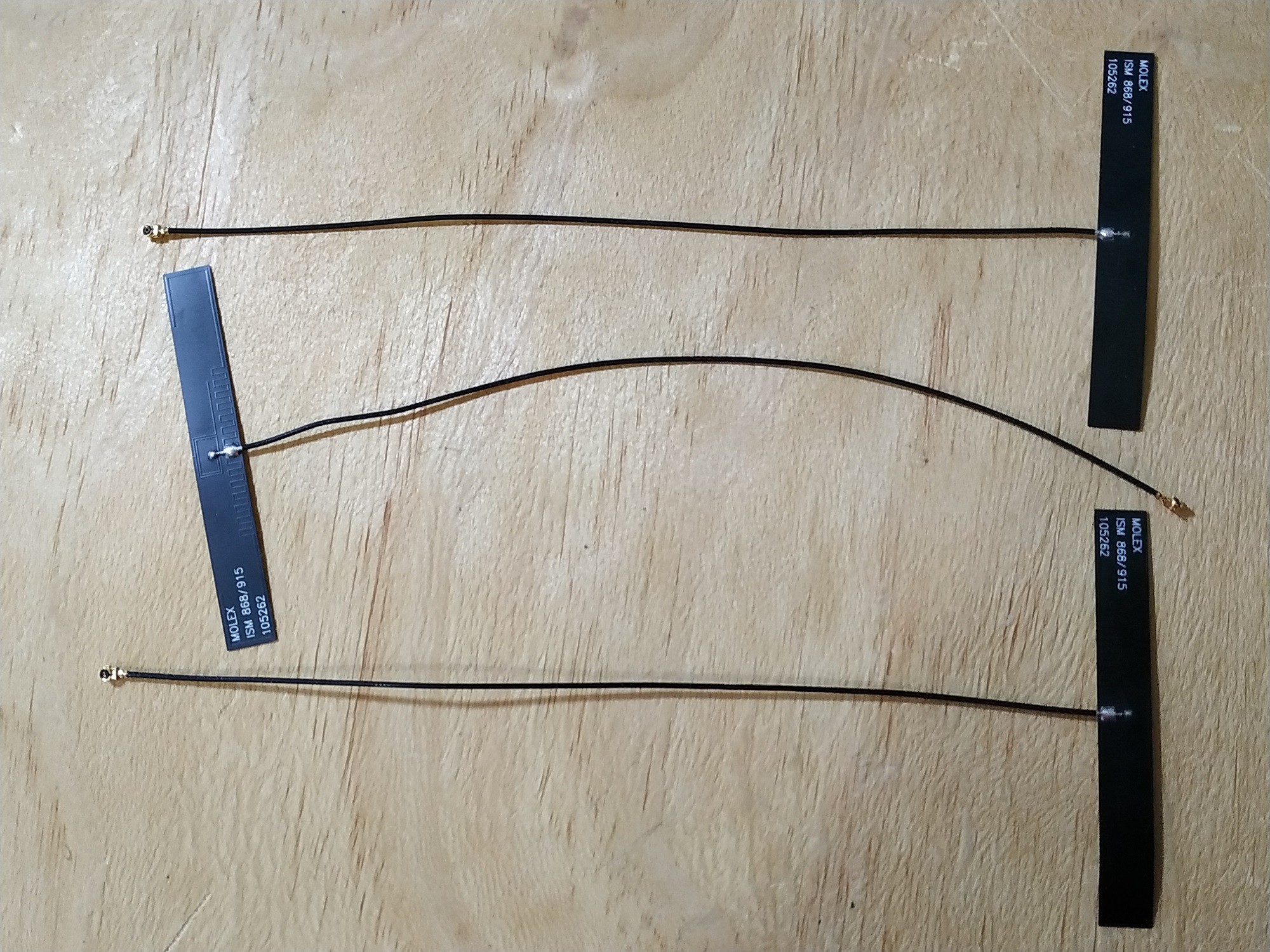The received signal strength indicator (RSSI) is a reference scale (in relation to 1 mW) to measure the power level of the signals received by a device in wireless networks (typically WIFI or mobile telephony).
The scale tends to the value 0 (zero) as the center; y represents 0 RSSI or 0 dBm. Although theoretically it can be the case of measuring positive values, generally the scale is expressed within negative values; the more negative, the greater the loss of signal. On this scale a level of 0 dBm is equal to 1 mW (milliwatt).
RSSI indicates received strength, not signal quality; since the latter is determined by contrasting the intensity of the signal with respect to the signal-to-noise ratio.
Below you can see a table that can serve as a reference for the signal intensity.
| Signal strength (dBm) | Qualifier | Appropriate uses |
| -30 | Excellent | This is the maximum achievable signal strength and will be appropriate for any usage situation |
| -50 | Excellent | This excellent signal level is suitable for all network uses |
| -65 | Very good | Recommended for smartphones and tablets |
| -67 | Very good | This signal strength will be sufficient for voice over IP and video streaming |
| -70 | Acceptable | This level is the minimum signal strength required to ensure reliable package delivery and will allow you to browse the web and exchange emails |
| -80 | Bad | Allows basic connectivity, but packet delivery is unreliable |
| -90 | Very bad | A noise that inhibits most functions |
| -100 | Worst | Total noise |
LINK TESTS WITH THREE TYPES OF ANTENNAS
- Here I have used the schematic diagram from post # 4 and I made 50 meters test links to test three different types of antennas.. Below I show you two antennas used in WiFi devices.

The quality of the signal is bad according to our table, in the image below we see reception signals between -97 and -102 dBm.

- Later we tested two antennas of a pole and of application in programming boards in GSM telephony.

The signal improved remarkably between -64 and -76 dBm, I only observe some instability in maintaining the signal as it goes up and down continuously.

- Finally, I have tested the original dipole antennas shown in the image below.

The signal is good and stable, staying between -64 and -69 dBm for a long time.

Honestly, sending a message between two nodes in short links can feel like a real accomplishment. But the industry-wide excitement around LoRa is anchored in its long-range communication capabilities.
LONG LINK TEST
- I left the transmitter in the same room and headed out walking to the ecological reserve with the receiver to see if the distance affected the range signal. Through some obstructions, transmission faded out at around 300 meters. The verdict? Definitely better than Wi-Fi, but not morethan 350 meters where the street curved into an area where there was no longer a clear line-of-sight, transmission quickly stopped.
- In my case, this system works for me since the shortest point of the ecological reserve is 50 meters from my house, and the longest point is approximately 500 meters. So I can choose some strategic points to monitor the ecological reserve without problems.
 Guillermo Perez Guillen
Guillermo Perez Guillen
Discussions
Become a Hackaday.io Member
Create an account to leave a comment. Already have an account? Log In.